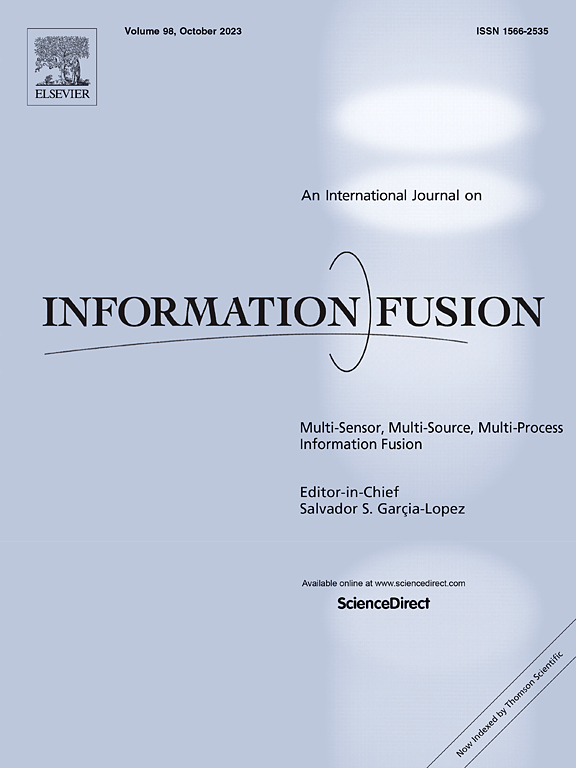Three-way decision oriented rational behavior multi-attribute decision-making
IF 15.5
1区 计算机科学
Q1 COMPUTER SCIENCE, ARTIFICIAL INTELLIGENCE
引用次数: 0
Abstract
Three-way decision is a methodology that utilizes human cognitive thinking to handle multi-attribute decision-making with deferral decision-making. The key to achieving this goal is to reasonably fuse evaluation values from multiple attributes of alternatives to extract rules for classifying and ranking alternatives. There have been already lots of literature addressing this issue by considering the regret psychology of decision-makers. However, the regret theory oriented multi-attribute decision-making may lead to irrational or incomplete decision strategies. To tackle such a challenge, this paper introduces the idea of game theory into behavior three-way decision based multi-attribute decision-making (GBMADM) to weighted fuse regret and rejoice values of each alternative across all attributes to extract game rules for classifying and ranking alternatives. Firstly, a decision state set is fuzzified with the idea of TOPSIS and the weight of each attribute is determined based on the self-information of approximate accuracy from generalized fuzzy rough set theory. Secondly, a pair of utility functions is introduced to act as players to play in game. Two pairs of weighted regret functions and weighted rejoice functions are achieved by fusing the regret values and rejoice values of each alternative across all attributes, respectively. A payoff matrix for each alternative is then constructed by fusing the weighted regret value and weighted rejoice value. All decision rules for classification and ranking are thereafter extracted from the payoff matrix through optimal Nash equilibrium solutions. Finally, a practical example and simulation experiments on two benchmark datasets demonstrate the superiority of the proposed method compared to representative methods.
三向决策导向的理性行为多属性决策
三向决策是一种利用人类认知思维处理多属性决策的递延决策方法。实现这一目标的关键是合理融合备选方案的多个属性的评价值,提取出对备选方案进行分类和排序的规则。已经有很多文献通过考虑决策者的后悔心理来解决这个问题。然而,遗憾理论导向的多属性决策可能导致决策策略不合理或不完整。为了解决这一问题,本文将博弈论的思想引入基于行为三向决策的多属性决策(GBMADM)中,加权融合每个选项在所有属性上的后悔值和欣喜值,提取出对选项进行分类和排序的博弈规则。首先,采用TOPSIS思想对决策状态集进行模糊化,利用广义模糊粗糙集理论中具有近似精度的自信息确定各属性的权重;其次,引入一对效用函数作为玩家在游戏中进行游戏。通过融合每个选项在所有属性上的后悔值和欣喜值,分别得到两对加权后悔函数和加权欣喜函数。然后,通过融合加权后悔值和加权欣喜值,构建每个方案的收益矩阵。然后通过最优纳什均衡解从收益矩阵中提取分类和排序的所有决策规则。最后,通过实例和两个基准数据集的仿真实验,验证了该方法相对于代表性方法的优越性。
本文章由计算机程序翻译,如有差异,请以英文原文为准。
求助全文
约1分钟内获得全文
求助全文
来源期刊

Information Fusion
工程技术-计算机:理论方法
CiteScore
33.20
自引率
4.30%
发文量
161
审稿时长
7.9 months
期刊介绍:
Information Fusion serves as a central platform for showcasing advancements in multi-sensor, multi-source, multi-process information fusion, fostering collaboration among diverse disciplines driving its progress. It is the leading outlet for sharing research and development in this field, focusing on architectures, algorithms, and applications. Papers dealing with fundamental theoretical analyses as well as those demonstrating their application to real-world problems will be welcome.
 求助内容:
求助内容: 应助结果提醒方式:
应助结果提醒方式:


